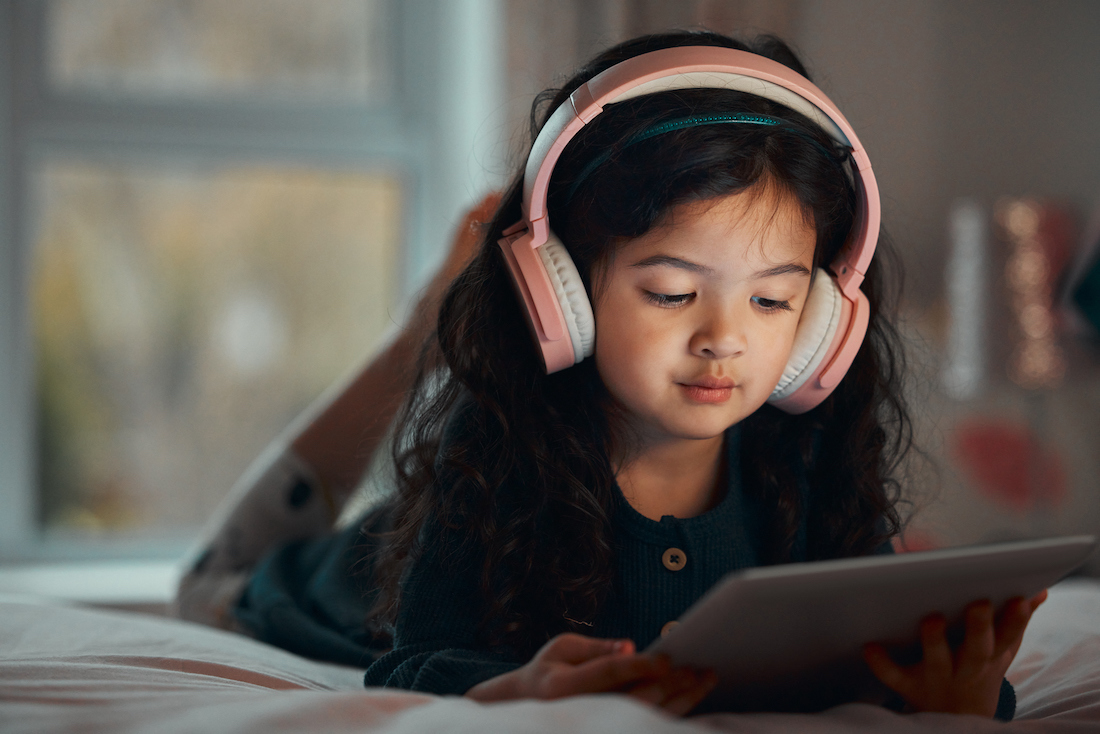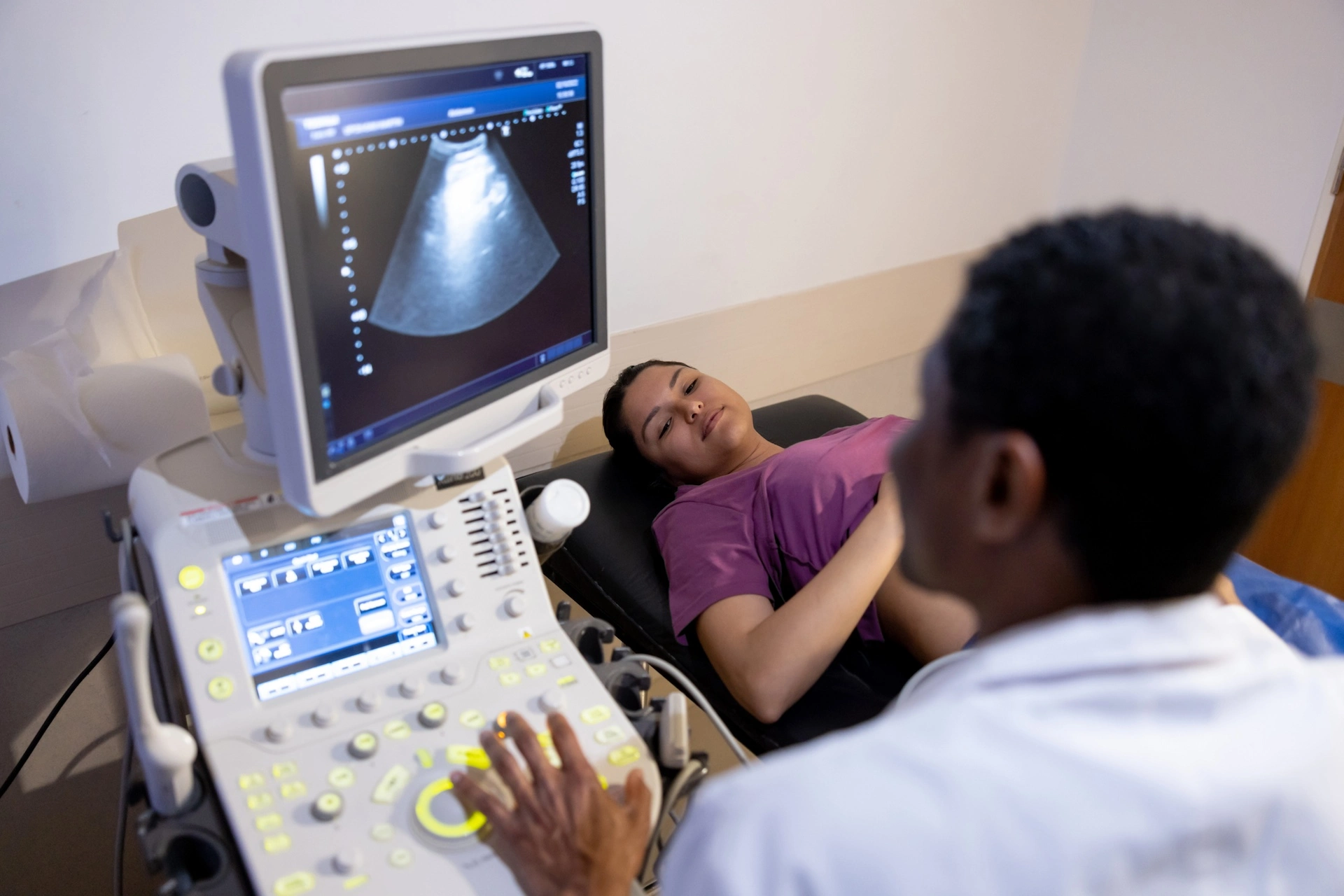Kaiser Permanente analysis finds 1-hour increase sustained even after kids went back to school in-person
Children increased their screen time by nearly 2 hours per day after the start of the COVID-19 pandemic, and an hour of that increase persisted even after some restrictions had eased, according to a new analysis in JAMA Network Open by Kaiser Permanente researchers.
They analyzed data from a group of 228 parent-child pairs in 3 states, including children aged 4 to 12. The families participate in the federally funded Environmental Influences of Child Health Outcomes (ECHO) research program.

“Most parents can relate to the idea that kids’ screen time increased during the pandemic lockdown period. But our study showed screen time use, mostly for entertainment, remained elevated in 2021 even as restrictions eased,” said lead author Monique Hedderson, PhD, research scientist with the Kaiser Permanente Division of Research and an ECHO investigator. “Parents may need to think about rebalancing how their children spend their time.”
The results on increased screen time use are consistent with previous research, though this analysis is unique in studying the same group of children before and after the pandemic started in 2020. Prior studies have reported screen time levels during the pandemic but were unable to document changes in screen time because most lacked comparison data from before the pandemic.
The analysis found total screen time — for entertainment and education, but not remote schooling — increased an average of 1.75 hours per day from the pre-pandemic period (July 2019 to March 2020) and the early pandemic (December 2020 to April 2021). The average number of hours per day went up from 4.4 to 6.6.
Screen time later dropped a bit but remained on average 1.11 hours per day higher in the later pandemic period, May 2021 to August 2021, when most in-person school restrictions were lifted. The analysis included families in California, South Dakota, and Colorado.
The researchers found most of the increase was in recreational screen time: it began at 4 hours per day and increased .89 hours during the early pandemic and .70 hours in the later pandemic period. Educational (not including remote school) screen use went from pre-pandemic average of .50 hours to .93 in the early pandemic and .46 in the later pandemic.

“This study provides new insights about the increase in screen time that persisted into the latter part of the pandemic,” said senior author Assiamira Ferrara, MD, PhD, principal investigator of the ECHO study site at Kaiser Permanente Northern California. “This is alarming because it is possible that once children have increased their screen time, they may not decrease it.”
Parents need help rebalancing
The study also found a big increase in the percentage of children ages 4 to 12 who have a social media account, rising from 4.4% before the pandemic to 11.2% in the latter part of the pandemic, even though most platforms have a minimum age of 13.
On the positive side, the study found more children were using screens along with a caregiver, which could be beneficial, Hedderson said.
“These findings suggest clinical guidelines may need to more clearly assist parents in how to establish healthy media use habits,” Hedderson said. “Habits established while restrictions were in place could result in permanent changes in screen time use in children, which could have a significant negative impact on their health.”
Excessive screen time among children is associated with obesity-promoting health behaviors and adverse mental health, the authors said.

Media use is just one of the challenges for parents as they manage the disruptions brought by the pandemic, said Kate Land, MD, a pediatrician with The Permanente Medical Group. Children have increased anxiety and decreased physical fitness, she said — and reliance on devices may be a symptom of their greater struggles.
“Parents are also under stress, and we want to give them realistic advice for helping their kids rebalance how they spend their time,” Land said. “One starting place can be emphasizing family dinner time, with no devices, where everyone can get into the habit of sitting together and talking. Parents can ask their kids what is important to them, how they want to spend their time — on sleep, school, friends, eating, being active — and how much of their time they want to spend on screens.”
The American Academy of Pediatrics offers a useful online tool for parents called the Family Media Plan, available in English and Spanish, which helps families customize their media use and learn digital skills.
The ECHO project will continue to collect information on the families and learn whether increases in screen time during the pandemic impacted long-term health of children, the authors said.
The study was funded by ECHO, a nationwide research program supported by the National Institutes of Health (NIH) and launched in 2016. ECHO investigators study the effects of a broad range of early environmental influences on child health and development.
Additional Division of Research co-authors included Maren Galarce, MPH, Julia McDonald, MPH, and Yeyi Zhu, PhD; the complete list of co-authors is available on the study.
# # #
About the Kaiser Permanente Division of Research
The Kaiser Permanente Division of Research conducts, publishes and disseminates epidemiologic and health services research to improve the health and medical care of Kaiser Permanente members and society at large. It seeks to understand the determinants of illness and well-being, and to improve the quality and cost-effectiveness of health care. Currently, DOR’s 600-plus staff is working on more than 450 epidemiological and health services research projects. For more information, visit divisionofresearch.kaiserpermanente.org or follow us @KPDOR.





This Post Has 0 Comments